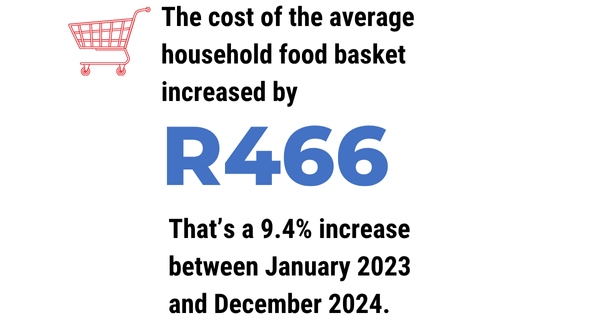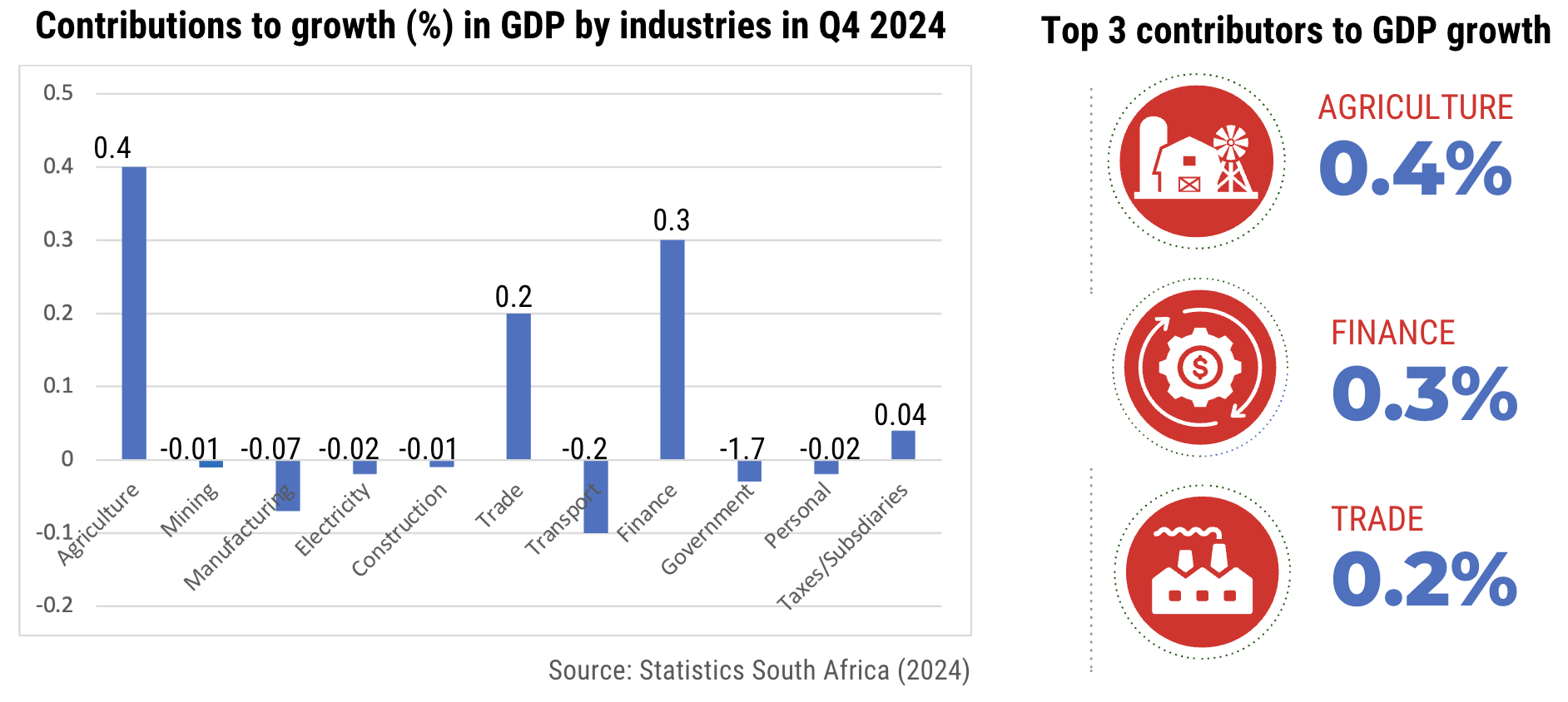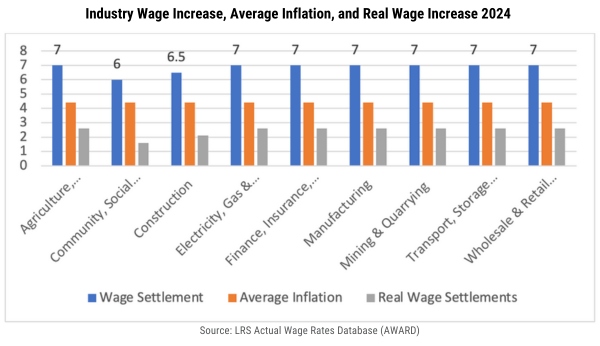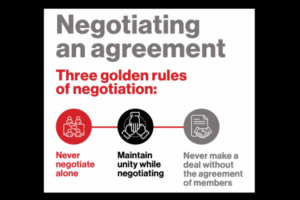What counts as a fair wage increase? That’s the question every negotiator must answer at the bargaining table because you can be sure the employer will come prepared with: “We can’t afford more.” However, affordability is not the only perspective to consider.
Effective negotiators understand the broader economic factors that affect wage values and bargaining power. The 2024 LRS Wage Review Report analyses data from 561 collective bargaining agreements covering over two million workers in South Africa. We obtained data from the LRS Actual Wage Rates Database (AWARD) and insights on inflation trends and economic conditions from Statistics South Africa to guide trade union wage negotiations in 2025.
Inflation
Inflation is the rate at which prices increase over time. If inflation is 6% and workers receive a 6% raise, they are not better off. A wage increase must be above inflation for a worker to retain their buying power.
In 2024, the average headline inflation rate was 4,4%. The figure does not accurately capture the daily challenges faced by working-class households, who allocate a large portion of their income to essentials such as food, electricity, and transport. Costs in these categories can increase more rapidly than the overall inflation rate.

The monthly household food basket increased from R4,917 in January 2023 to R5,383 in December 2024.

Gross Domestic Product
Gross Domestic Product (GDP) represents the total market value, or prices, of all final goods and services produced in an economy during a period. In Q4 2024, the economy grew by 0,6%, a slight recovery from the -1,6% contraction in the previous quarter. Employers often use slow growth to restrain wages, and this argument overlooks sector-level performance.

Unemployment
The official unemployment rate was 31,9% in Q4 2024, which can put downward pressure on wages, as employers know jobs are scarce. Unions can flip the script and make it a moment to advocate for development opportunities and valuing of labour, especially after workers’ sacrifices in tough times.
What Did Unions achieve in 2024?
Unions achieved above-inflation wage settlements in 2024. Minimum wages increased in all sectors.

Bargaining hints
- Always begin wage negotiations with the current inflation rate as the baseline. A mutually agreed-upon inflation figure should anchor all discussions.
- Inflation reflects past trends. Bargaining should anticipate future cost of living pressures.
- Avoid accepting wage increases below inflation unless there are compelling, member-driven reasons. Sub-inflation settlements erode workers’ real income.
- Don’t rely solely on average inflation. Focus on specific inflation components that affect workers most, such as food, transport, public services, and administered prices. Statistics South Africa data shows that inflation impacts differ significantly by income level.
- Go beyond wages. Push for worker development opportunities, including skills training, education, and career progression.
- Use sector-specific data and company financials to show what is genuinely affordable.
- Challenge excessive executive and CEO pay, especially in underperforming companies or those cutting costs elsewhere.
- Strive for wage increases between 7 and 8% in 2025.
Essential resource: Wage Review Report | 2024
RELATED ARTICLES
Inflation explainer for trade union negotiators
11 steps you should take to prepare for wage bargaining
How to build a wage demand and calculate percentages and money amounts
RELATED ONLINE TOOLS
- Wage Calculator
- Actual Wage Rates Database (AWARD)
- Agreements Database (AGREED)







